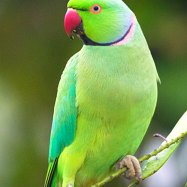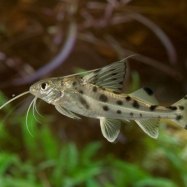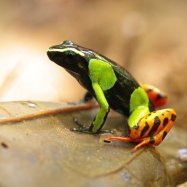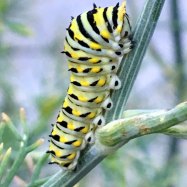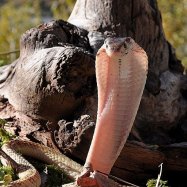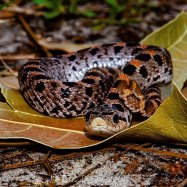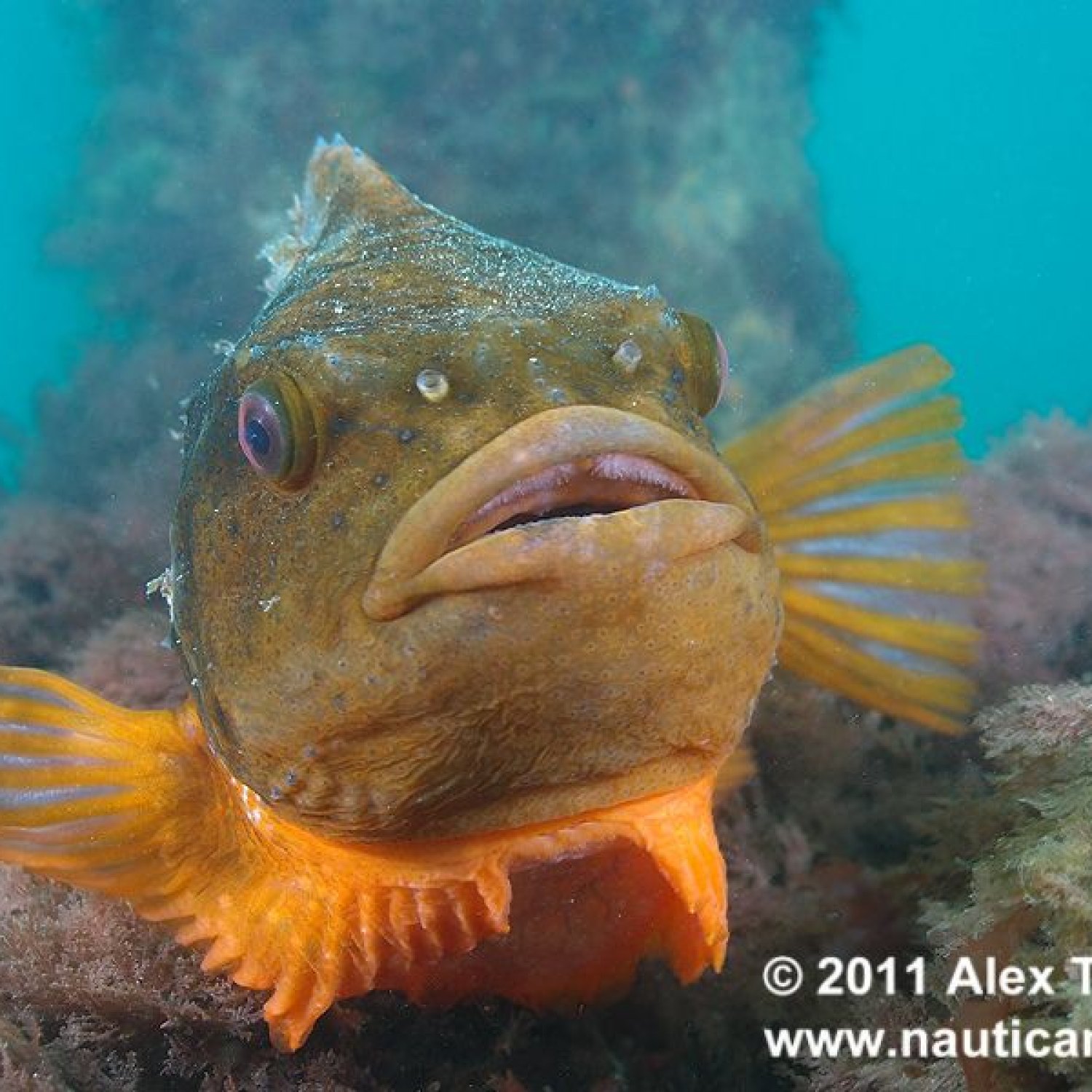
Lumpfish
Up to 60 cm (23.6 inches)
Lumpfish, also known as lumpsuckers, are found in cold-water regions such as the Arctic and North Atlantic. These robust and laterally compressed fish can grow up to 60 cm in length. They belong to the Cyclopteridae family and are commonly used for their eggs, which are a delicacy in some cultures. These unique fish are important members of their marine ecosystems, serving as cleaner fish and prey for larger predators. Keep an eye out for these charismatic creatures the next time you're exploring the chilly waters of the Arctic or North Atlantic.
Animal Details Summary:
Common Name: Lumpfish
Kingdom: Animalia
Habitat: Marine
The Fascinating World of Lumpfish: A Hidden Gem in the North Atlantic Ocean
Deep in the cold and vast waters of the North Atlantic Ocean, resides a unique fish that goes by the name of Lumpfish. Scientifically known as Cyclopterus lumpus, this fish may seem unassuming at first glance, but upon closer inspection, it has many intriguing qualities that make it stand out.Lumpfish belongs to the kingdom Animalia, the phylum Chordata, and the class Actinopterygii, making it a member of the animal group with a spinal cord and bony finned fish. It falls under the order Cyclopteriformes and the family Cyclopteridae Lumpfish. These classifications may sound complex, but they highlight how this fish is a crucial part of the marine ecosystem.
This article will take you on a journey through the diverse world of Lumpfish, exploring its habitat, feeding habits, geographical distribution, unique features, and more.
The Perfect Habitat
Lumpfish thrive in marine environments, specifically in the cold-water regions of the North Atlantic and Arctic. They are widely found in countries like Norway, Iceland, and the Faroe Islands, where the temperature of the water remains cold throughout the year, ranging from 4-8 degrees Celsius.Within this region, Lumpfish can be found in different areas, including rocky shores, kelp forests, and coastal waters. They are bottom-dwellers and prefer to live in shallow waters, usually at depths of 10-60 meters. These fish are also found in strong currents, using their pelvic fins to hold onto rocks and other objects to prevent themselves from being swept away.
Their preferred habitat may seem harsh to some, but Lumpfish have adapted to these conditions, making it the perfect environment for them to thrive.
Carnivorous Feeders
Lumpfish are considered to be carnivorous feeders, meaning they primarily eat meat Labmaraner. In the wild, they have a diverse diet, feeding on crustaceans, mollusks, worms, and small fish like herring and capelin. They also have a unique method of feeding, using their strong suction power to catch their prey.Interestingly, Lumpfish have a unique feeding structure where they have a crescent-shaped upper jaw and no teeth. This feature allows them to suck up their food and swallow it whole. They also have a specialized adaptation known as a "bumblebee chin," a small projection on their lower jaw that helps them locate and catch their food.
In captivity, Lumpfish are commonly fed frozen foods such as shrimp, krill, and chopped fish. They may also enjoy snacking on squid and mackerel, making them easy to care for as aquarium pets.
Geographical Distribution
As the name suggests, the North Atlantic Ocean is where Lumpfish can be found, from the Gulf of Maine to the Barents Sea. They are also found in the Arctic, making them a crucial species in cold-water ecosystems.This fish has also been introduced to other areas, including the North Sea and the Baltic Sea, where it was brought to control the sea lice population in salmon farms. However, this introduction has raised some concerns, as there is a risk of Lumpfish competing with other native fish for food and resources.
The Beauty of Diversity
One of the most unique characteristics of Lumpfish is its coloration, which can vary widely. They are typically mottled in shades of brown, green, and black, with white or yellow spots scattered throughout their body. However, in some regions, they can also be found in bright orange or red coloration.This variation in color makes each Lumpfish individual unique, just like a fingerprint. Their coloration also serves as camouflage, helping them blend in with their surroundings and avoid predators.
Aside from their coloration, Lumpfish also have a distinct body shape that sets them apart from other fish. Their bodies are robust and laterally compressed, making them look like a small, round blob. This shape is beneficial in their rocky habitat, as it allows them to maneuver easily through crevices and tight spaces.
Size Matters
Lumpfish may appear small and unassuming, but they can grow up to 60 cm (23.6 inches) in length, making them one of the largest fish in the North Atlantic. However, in captivity, they usually grow to a maximum size of 30 cm (11.8 inches).This size may seem small compared to other fish, but Lumpfish make up for it with their unique features and behavior, making them an interesting species to observe.
Economically Important
Apart from being a fascinating fish, Lumpfish also holds great economic value, both in the wild and in the aquaculture industry. In the wild, they are used as a food source, particularly in Iceland and the Faroe Islands, where they are considered a delicacy.In recent years, Lumpfish have gained more attention in the aquaculture industry due to their ability to control sea lice populations. Sea lice are parasites that attach themselves to salmon, causing harm and often leading to death. By introducing Lumpfish to these farms, they can act as cleaners, feeding on these parasites and keeping them under control.
Furthermore, Lumpfish are widely available as an aquarium pet, making them accessible to hobbyists and fish enthusiasts. They are easy to care for, peaceful, and have a high tolerance for different water conditions, making them suitable for beginner aquarium keepers.
Conservation Status
Despite their widespread availability, Lumpfish face threats in the wild from overexploitation and habitat degradation. They are often caught and sold for food, which can have a significant impact on their population if not regulated properly.Additionally, climate change is also a growing concern, as it can alter the temperature and chemical composition of the ocean, affecting the survival of many marine species, including Lumpfish.
To protect and preserve this species, it is essential to regulate their trade and enforce sustainable fishing practices. Conservation efforts should also focus on monitoring their population and understanding their role in the ecosystem, particularly in the control of sea lice in aquaculture farms.
A Unique Addition to Your Aquarium
If you're looking for a unique and interesting fish to add to your aquarium, look no further than the Lumpfish. With its diverse coloration, unusual body shape, and fascinating feeding habits, it has the potential to be a standout in your collection.However, as with any fish, it is crucial to research and understand their care requirements before adding them to your tank. Their diet, water conditions, and compatibility with other fish should all be taken into consideration to ensure their health and well-being.
In Conclusion
In conclusion, Lumpfish may seem like an ordinary fish at first glance, but they are anything but. From their unique feeding methods to their diverse coloration, this fish has many fascinating qualities that make it a standout in the North Atlantic Ocean.Whether you are a fish enthusiast or simply interested in learning about different species, Lumpfish is a hidden gem worth exploring. And with their growing popularity in the aquaculture industry and as aquarium pets, it is vital to prioritize their conservation to ensure their survival and contribution to the marine ecosystem. So, let us continue to marvel at the wonders of the natural world and appreciate the beauty of species like Lumpfish.

Lumpfish
Animal Details Lumpfish - Scientific Name: Cyclopterus lumpus
- Category: Animals L
- Scientific Name: Cyclopterus lumpus
- Common Name: Lumpfish
- Kingdom: Animalia
- Phylum: Chordata
- Class: Actinopterygii
- Order: Cyclopteriformes
- Family: Cyclopteridae
- Habitat: Marine
- Feeding Method: Carnivorous
- Geographical Distribution: North Atlantic Ocean
- Country of Origin: Norway
- Location: Cold-water regions, including the Arctic and North Atlantic
- Animal Coloration: Varies, typically mottled brown, green, or black
- Body Shape: Robust and laterally compressed
- Length: Up to 60 cm (23.6 inches)
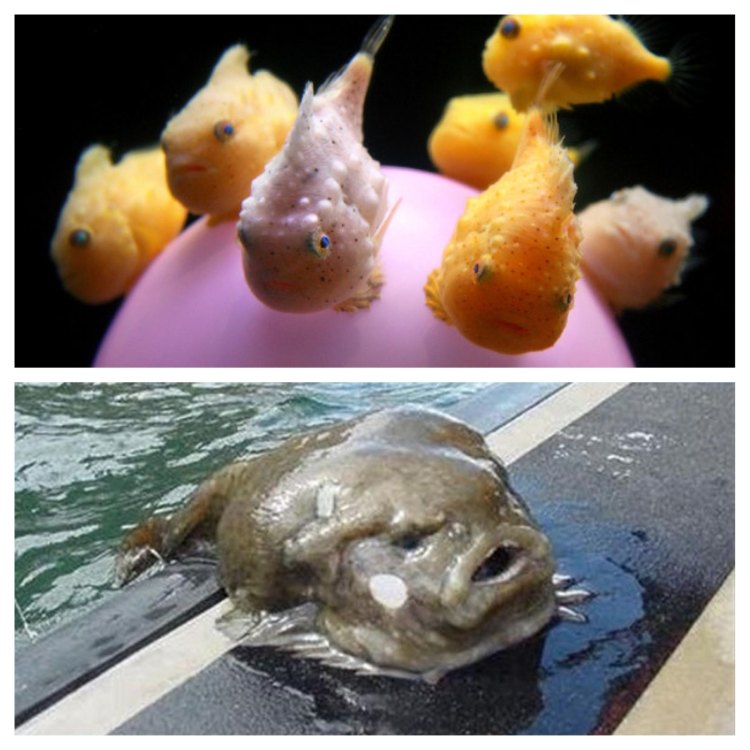
Lumpfish
- Adult Size: Around 50 cm (19.7 inches)
- Average Lifespan: Up to 20 years
- Reproduction: Sexual
- Reproductive Behavior: Males guard the eggs deposited by females
- Sound or Call: Not known for making sounds or calls
- Migration Pattern: Non-migratory, but may move to different depths
- Social Groups: Solitary
- Behavior: Lumpfish have a unique attachment disk on their ventral side that allows them to attach themselves to various surfaces and remain in one spot
- Threats: Overfishing, habitat destruction, pollution
- Conservation Status: Not evaluated
- Impact on Ecosystem: Lumpfish play a role as a predator and scavenger in their ecosystems
- Human Use: Commercially important for their eggs, which are used in the production of caviar
- Distinctive Features: Large, round head; tubercles on the body; pelvic fins modified into a disk
- Interesting Facts: Lumpfish are often used in aquaculture to control sea lice on farmed salmon
- Predator: Various large predatory fish and seals
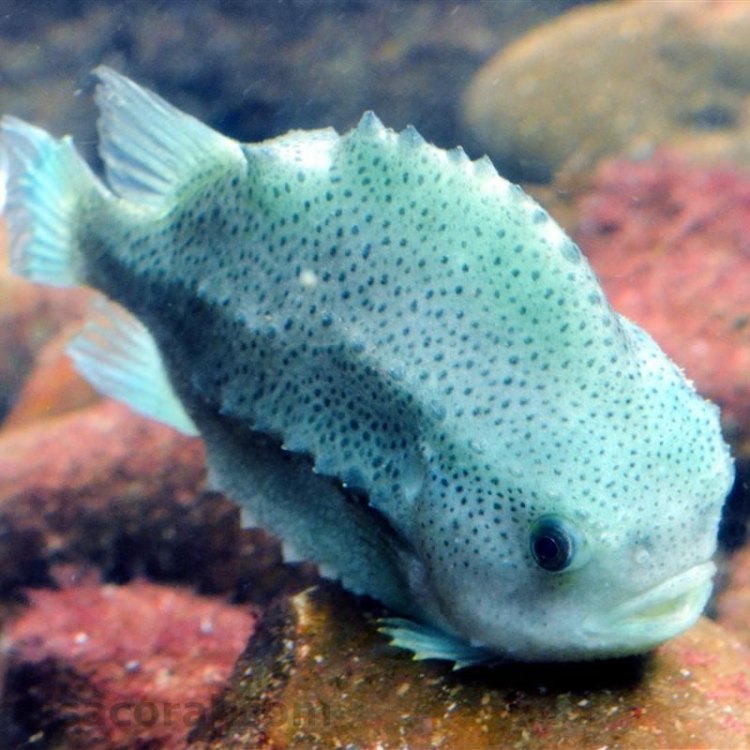
Cyclopterus lumpus
The Unique and Fascinating World of Lumpfish: From Caviar to Sea Lice Control
Deep beneath the ocean's surface lies a fascinating creature with a distinctive appearance and equally intriguing behaviors - the lumpfish. These unusual fish are found in various waters around the world, from the Arctic to the Mediterranean. With their large round heads, tubercles on their body, and modified pelvic fins into a disk, lumpfish are truly one-of-a-kind creatures with a significant role in their ecosystems. In this article, we will dive into the world of lumpfish, exploring their characteristics, behaviors, and human use PeaceOfAnimals.Com.Let's start with some basic facts about lumpfish. As adults, they can reach up to 50 cm (19.7 inches) in length, making them a relatively large fish. They have an average lifespan of up to 20 years, making them a long-lived species in the underwater world. Lumpfish are also known as lumpsuckers, due to their ability to attach themselves to various surfaces.
Lumpfish reproduction is sexual, with females laying around 15,000 to 100,000 eggs at a time. These eggs are deposited by females, and it is the males who take on the unique role of guarding them. The males use their modified pelvic fins, known as a suction disk, to attach themselves to rocks and other surfaces and protect the eggs until they hatch. This behavior is essential for the survival of the species Lhasapoo.
While lumpfish may not be known for their sounds or calls, they have a distinctive feature that sets them apart from other fish - their attachment disk. This disk allows them to cling onto various surfaces, ensuring they can remain in one spot regardless of the ocean's currents. This unique behavior is not only impressive but also essential for lumpfish survival.
Lumpfish are solitary creatures, meaning they do not form social groups. However, they may gather in schools during their early life stages. As adults, they are known to move to different depths, mainly to find food. Unlike some other fish species, lumpfish are non-migratory, meaning they do not undertake extensive movements from one location to another.
Like many other marine species, lumpfish face various threats. Overfishing, habitat destruction, and pollution are the most significant risks to their survival. While they are not currently listed on the IUCN Red List, they may face conservation issues in the future if these threats continue to impact their populations.
But what impact do lumpfish have on their ecosystems? As predators, they play a crucial role in the food chain, hunting for small invertebrates and fish. They also act as scavengers, helping to keep the ocean floor clean from dead organic matter. In turn, they provide an important food source for larger predatory fish and animals, such as seals.
Aside from their ecological significance, lumpfish also have a significant role in the human world. They are commercially important for their eggs, which are used in the production of caviar. Caviar is a highly sought-after delicacy, and lumpfish eggs are known for their vibrant orange color and distinct flavor. These eggs are primarily harvested in Norway, Iceland, and Russia, contributing to their economies.
Interestingly, lumpfish have also become a valuable tool in aquaculture practices. In recent years, farmed salmon have faced a significant issue with sea lice infestations. These parasitic organisms can cause major financial losses for farms, leading to the development of various control methods. Lumpfish have been found to be effective in controlling sea lice, making them a valuable addition to salmon farms. The lumpfish's suction disk attachment allows them to remove these parasites from the salmon's skin, effectively acting as a natural lice removal system.
In conclusion, lumpfish are truly fascinating creatures with a range of unique features and behaviors. From their suction disk attachment to their valuable role in controlling sea lice, they continue to captivate scientists and researchers. While they may face threats in their natural habitats, measures are being taken to protect and conserve these creatures. As we continue to learn more about lumpfish, they remind us of the endless wonders and mysteries of the underwater world.
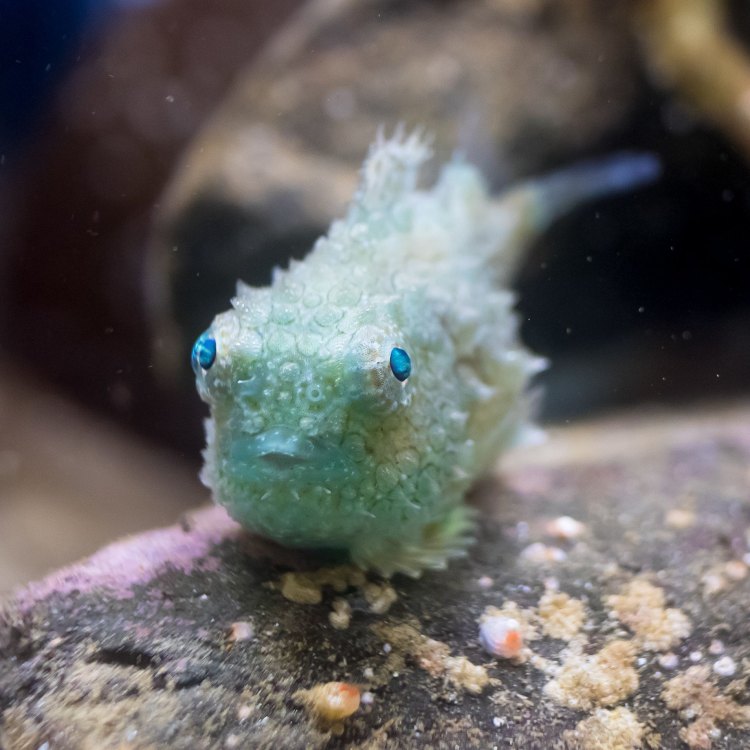
The Fascinating World of Lumpfish: A Hidden Gem in the North Atlantic Ocean
Disclaimer: The content provided is for informational purposes only. We cannot guarantee the accuracy of the information on this page 100%. All information provided here may change without prior notice.

